If you’ve followed our build series before, you know we’re not afraid of jumping into unfamiliar territory.
Our first OVR project vehicle, a well-worn 1999 Toyota Land Cruiser 100 Series, has been our proving ground for budget-friendly, DIY-style overlanding. With the OVR LC100 build nearly wrapped up, we’ve taken a sharp turn from that formula for our next project—the OVR G63.
This time, we didn’t go for a high-mileage budget find. Instead, we sought something with low miles, in like-new condition, and with the potential to become something few attempt: an overland build based on a Mercedes-Benz G63 AMG.

Hunting for the Right G
We searched throughout 2024 with a specific goal in mind: find a late model W463-era G-Wagon. Why that model? We wanted the last of the solid front axle Gs, before Mercedes made the switch to the independent front suspension on the current-gen W463A.
While the newer Gs are more refined, they also come with a significantly higher price tag and smoother—but less iconic—body lines. For us, the squared-off, tank-like silhouette of the W463 is a big part of the appeal.
The first-generation W463 was produced from 1990 to 2018—a remarkably long run for any vehicle—with 2018 marking the final model year of the solid axle G-Wagon. We focused our search on 2016 to 2018 models to get one of the newer and most up-to-date versions of the W463.
We weren’t necessarily chasing an AMG. A G550 would’ve suited us just fine. But as luck would have it, we came across a clean 2017 G63 AMG at a price we couldn’t ignore. It was the lowest-mileage, best-condition G-Wagon we found within our budget—and it became ours.
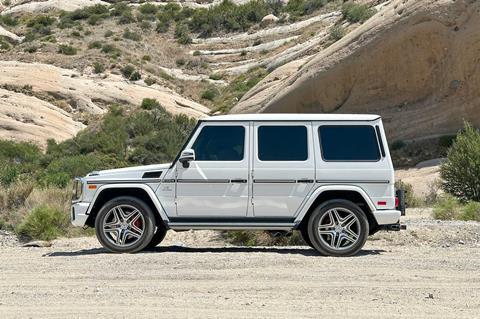
First Drive, First Lessons
From the moment we fired it up, we knew the G63 would be a very different experience. The twin-turbo V8’s thunderous exhaust note shakes windows and spines alike—our neighbors probably hate it, but we love it.
The G63’s engine is outrageously powerful and its ride, even with all that mass, is tight and composed on pavement. The cabin is trimmed in diamond-stitched leather and carbon fiber, with just enough tech to feel modern—Apple CarPlay, analog switches, and thankfully, real buttons still exist here.
But even early on, we noticed the compromises. There are barely any cupholders, which is way more inconvenient than it sounds. The ride on city streets is harsh—bordering on punishing—thanks to the AMG-tuned suspension. If city streets feel like washboard trails, we can only imagine what actual washboards will feel like.
Surprisingly though, once we left the pavement and hit dirt fire trails and hard-packed sand, the G63’s ride became much more tolerable. We can’t explain why exactly, but it’s something we noted during early shakedown runs. That said, we still plan to soften things up and improve off-road capability with a suspension upgrade down the line.
Reality Check from the Pros
As soon as the G63 was in our hands, we reached out to the G-Wagon specialists at Jack Wagon Overlanding to get a second opinion on what it would take to turn this performance SUV into a capable overland rig. What we learned: the AMG version of the G is not the ideal platform for off-road mods.

One of the biggest hurdles is the oversized AMG brake calipers. They’re massive and limit your wheel choices. Anything smaller than a 20-inch wheel is unlikely to clear them, which is a challenge if you want to run meatier tires for trail work. That alone made us realize that a G550 would’ve been the smarter starting point for an overland build.
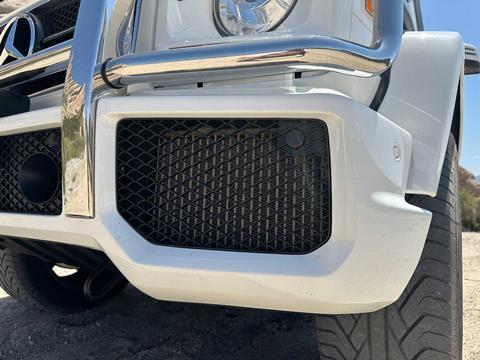
Then came the bumper issue. We originally had our sights set on one of Jack Wagon’s sleek, high-clearance, winch-ready front bumpers. But under the G63’s factory bumper hides not one but two large oil coolers. They occupy the exact space needed to mount that bumper without major rework. At the time, there weren’t any direct-fit winch bumpers for G63s available in the U.S.
Since then, Jack Wagon has engineered a winch bumper specifically for the G63, though it’s a bulkier design that offers better protection and recovery capability. Still, it’s a reminder that vehicle selection matters a lot more than we gave it credit for in the beginning.
Did We Make a Mistake?
So, did we make a mistake choosing an AMG G-Wagon for this build? Yes and no.
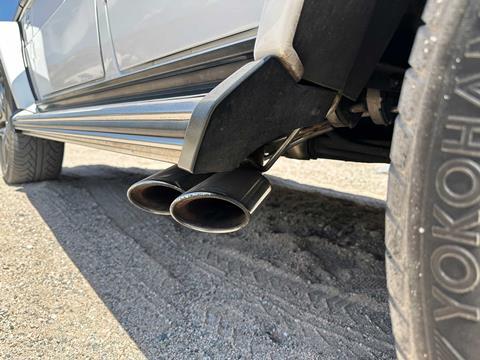
Yes, if we were going all-in on a hardcore overland rig. A G550 or G500 would’ve made things easier with fewer clearance issues and more aftermarket flexibility. But for what we’re actually building—a daily-drivable, weekend adventure rig—we’re finding the G63 to be a solid fit.
The extra power from the AMG-tuned engine helps move the added weight we plan to bolt onto it. It’s still extremely capable and offers a driving experience that’s far from ordinary.
If you’re planning a G-Wagon build and don’t have any height restrictions (we have a self-imposed “must fit in the garage” requirement), our advice would be to start with a non-G63 AMG model. You’ll have more options from the jump. But if you do end up with an AMG model like we did, know that it’s not a dead end—it just requires a little more planning and compromise.

More Than Just Looks
The G63 is flashy—no doubt. It turns heads at gas stations and trailheads alike. But under the bling is a platform with real off-road heritage. The G-Class was born from military roots, and despite its luxury branding, it still retains a ladder frame, triple locking differentials, and a go-anywhere capability. That solid front axle, rare in modern SUVs, gives us hope that with the right setup, it can perform well off-road.
Still, we’re learning as we go. This isn’t a common overland platform and there aren’t nearly as many bolt-on solutions as there are for more popular rigs. That’s part of the appeal for us—we’re diving in headfirst to figure it out.
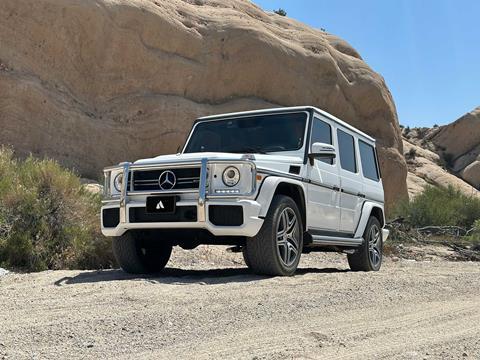
Our Takeaway So Far
We won’t sugarcoat it—if you’re thinking about building an overland G-Wagon, start by figuring out your goals and priorities. If you want maximum bling and raw power, the G63 delivers in spades. But if you want more flexibility with off-road mods, go for a G550. That’s the lesson we learned the hard way, and we’re passing it on to you.
Still, we’re all in on the G63 now. It’s loud, luxurious, and far from your average trail rig—but that’s what makes it interesting. We’ll continue to document what works, what doesn’t, and how we’re making it work for our kind of adventure travel.
Stay tuned—we’re just getting started with the OVR G63.
Read More About the OVR G63 Project Build by Clicking Here!
For more informative articles like this, consider subscribing to OVR Magazine in print or digital versions here. You can also find the print edition of OVR at your local newsstand by using our Magazine Finder.


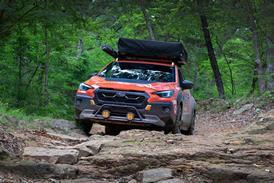
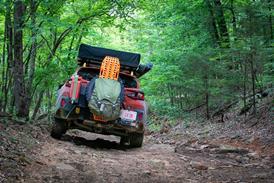


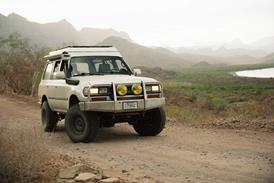
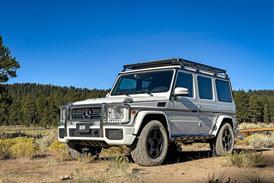
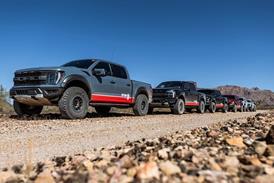
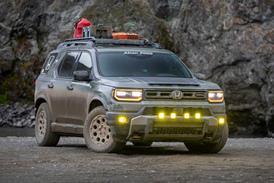


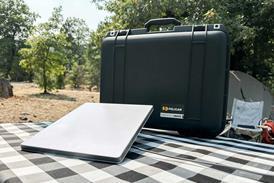
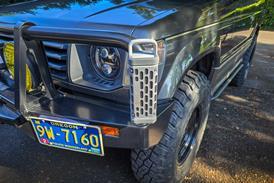
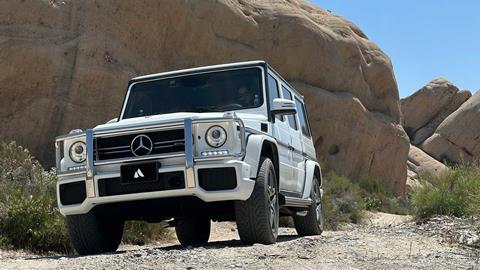






No comments yet